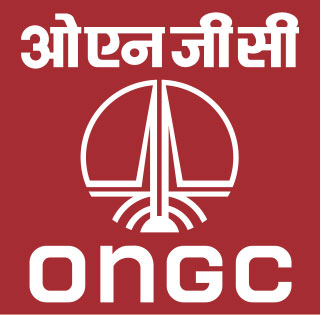Sea Survival Training
- Why is Sea Survival Training critical?
- ONGC’s Sea Survival Centre: A National, and indeed, a Global asset
- Safety is paramount and valuable
- A Training for all!
- Other important training protocols
ONGC transforming into a low-carbon energy player in a big way: to scale up renewable portfolio to 10 GW by 2030
Energy Maharatna has crafted a robust roadmap to scale up its low-carbon energy portfolio significantly. In line with the Hon’ble PM’s vision on renewables, which was spelt out in his Independence Day speech on 15 August 2023, ONGC has aligned itself with India's ambitious goals and is wholeheartedly contributing to the nation's aim to curtail carbon emissions by 1 billion tons and simultaneously reduce carbon intensity by 45% by 2030.
ONGC has been a pioneer in adopting various de-carbonization levers resulting in significant amount of emission reductions over the years. Integrating sustainable practices into core operations have enabled reduction in Scope-1 and Scope-2 emissions by 17% in last five years. ONGC has reduced its emissions by 2.66% in FY’23. ONGC plans to significantly increase its spending on green initiatives to reduce its carbon footprint as a broader effort to achieve Net-Zero for Scope-1 and Scope-2 emissions by 2038.
ONGC is in advanced stage of crafting collaborations with leading players in the energy space on various low-carbon energy opportunities including renewables, green hydrogen, green ammonia and other derivatives of green hydrogen. The company's strategic partnerships in the Oil to Chemical (O2C), refining, and petrochemical sectors reflect an astute understanding of India's evolving energy landscape.
ONGC is planning to set up two green-field O2C plants in India. ONGC is charting a roadmap for opportunities in renewable energy and low-carbon sectors. ONGC is investing around ₹1 trillion by the end of this decade, on its multiple green initiatives and is planning to scale up its renewable portfolio to 10 GW by 2030. ONGC is also actively exploring collaborations with leading players to leverage various low carbon energy opportunities including renewables, green hydrogen, green ammonia and other derivatives of green hydrogen.
Moreover, there's an increasing focus on research and development in carbon capture, utilization, and storage (CCUS) technologies to mitigate emissions from existing processes.
However, oil and gas exploration and production (E&P) will remain the cornerstone of its energy business. Extensive exploration in known basins as well as frontier plays, sustained production from existing fields and exploitation of deep-water fields remain the central areas of emphasis.
ONGC's commitment to time-bound and technology-intensive IOR/EOR schemes, serves as evidence of their ability to unlock additional commercial value from existing producing pools or standing reserves. It’s significant development and redevelopment projects are strategically positioned to contribute substantial increments of oil and gas to our portfolio.
In recent years, ONGC has persistently pushed the frontiers of exploration, expanding its boundaries. Under our ‘Future Exploration Strategy’, ONGC has set up an ambitious target to bring 5 lakh square kilometers of area under active exploration by acquiring one lakh square km every year, spending ₹10,000 crore annually on exploration by 2025.
ONGC is dynamically evolving to meet changing realities. While maintaining our immediate focus on Exploration and Production, we are also crafting a future-ready ONGC that exemplifies resilience, agility, and adaptability. With each step forward, its discourse and actions will align more with that of an 'energy' company rather than solely an oil and gas explorer and producer.
Issued By:
Oil and Natural Gas Corporation Ltd
Corporate Communications, New Delhi,
Phone: +91-11-26754013
Mail: ongcdelhicc@ongc.co.in

